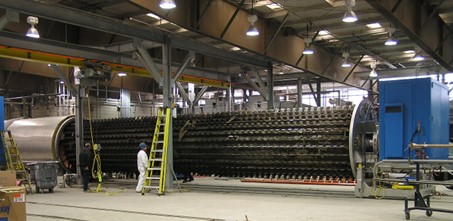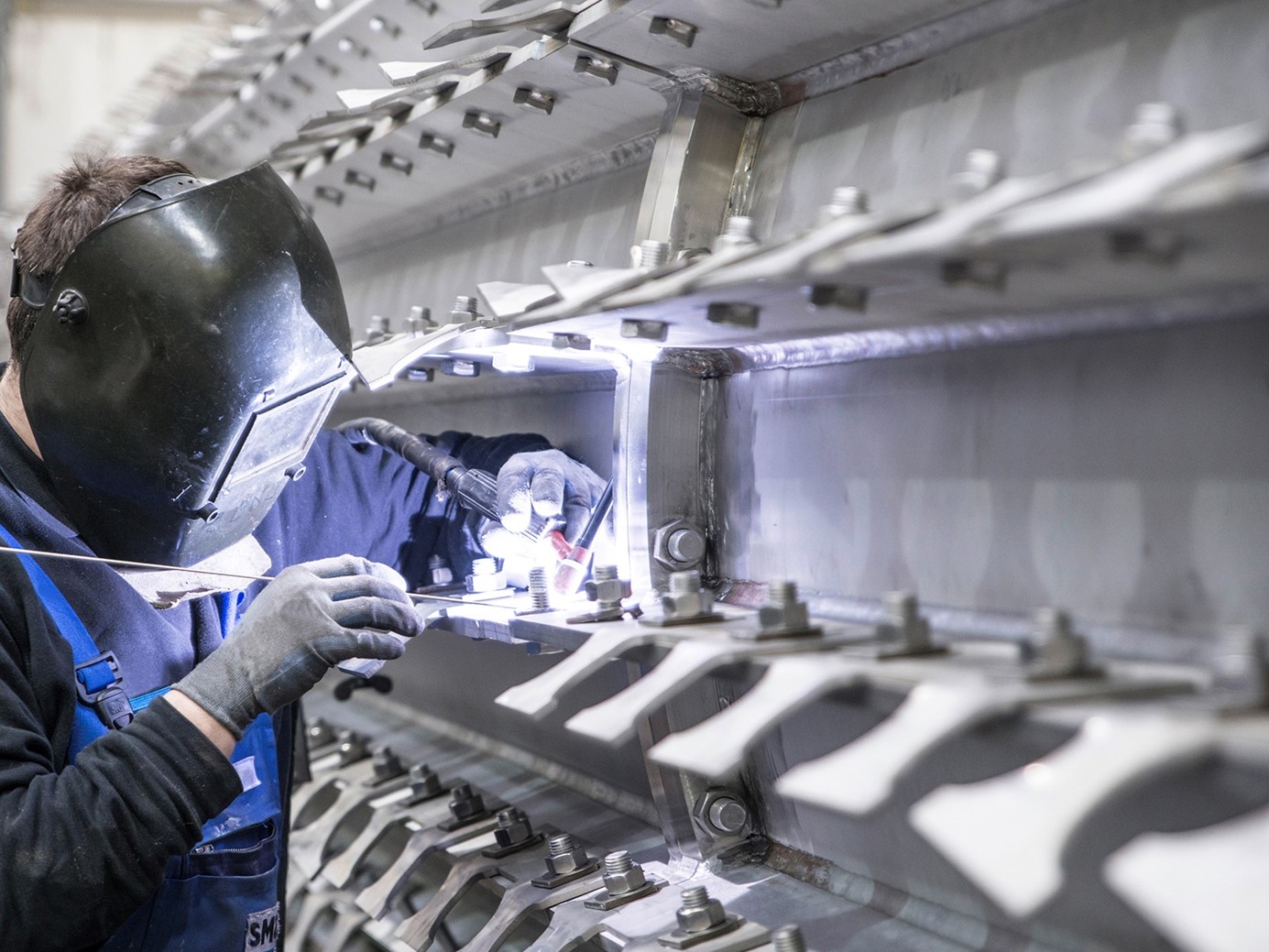The first step in the FlashPhos process is a Dryer-Grinder.
Have you ever questioned yourself why this is? In this blog, you will learn everything about it.
Why do we want to dry and grind the sludge for the FlashPhos process?
Mechanically dewatered sewage sludge is a muddy, wet, and sticky paste residue. However, sewage sludge that has been dried can be used as an alternative fuel due to its high content in carbon.
In the FlashPhos process, we want to grind the sludge to very fine particles and blow them into our high-temperature dust-fired Flash-gasifier, our “Flash Reactor”. Obviously, dewatered sludge does not fulfil this requirement, so we must do something about that: We need to dry the sludge as much as possible and grind it, so the sludge particles are extremely small to facilitate the flash-gasification process.
Why are we developing a new process for this?
If you dry a muddy, wet and sticky paste with a conventional dryer, you get a dry material containing large and very hard particles/lumps, far away from the dust we need. For normal sludge incinerators, this is absolutely fine. They are designed for giving the sludge particles the time it takes to combust them completely – i.e. depending on the furnace type, the combusting takes some seconds or even up to an hour.
In the “Flash Reactor”, however, the particles have only less than a second to react. As a consequence, they need to be extremely small. Grinding them very finely requires large amounts of energy because the particles are too hard.
If you now consider all the above-said, one can get the idea to combine drying with grinding. Grinding the paste as it dries will prevent the particles to stick together during the drying process. And this is exactly what we want to accomplish in our development: change an existing dryer, called thin film dryer, in a way that it produces only dust instead of pieces of sludge.

Figure 1: A conventional horizontal thin film dryer (© Buss-SMS-Canzler GmbH)
The ironic thing about this is that thin film dryers for sewage sludge have been optimized for minimizing dust formation during the past decades. The manufacturers, like our partner SMS, had to invest a lot of effort and time to do so. This is because sewage sludge dust distributed in the air can cause dust explosions similar to flour.
From the previously gained knowledge on minimizing dust formation in the dryer, measures were derived to maximize dust formation in the dryer-grinder. We now utilize the high surface and consequently the increased reactivity of the sludge dust in our “Flash Reactor”. This reactivity is, of course, well controlled inside and outside the dryer-grinder with all appropriate safety measures.
Now that you know why the dryer-grinder is an essential component of the FlashPhos process, we will write about the experiments and what they have shown us in our next post.
For further information contact
Dipl.-Ing. Matthias Rapf
University of Stuttgart
matthias.rapf@iswa.uni-stuttgart.de
+49 711 685 65428

